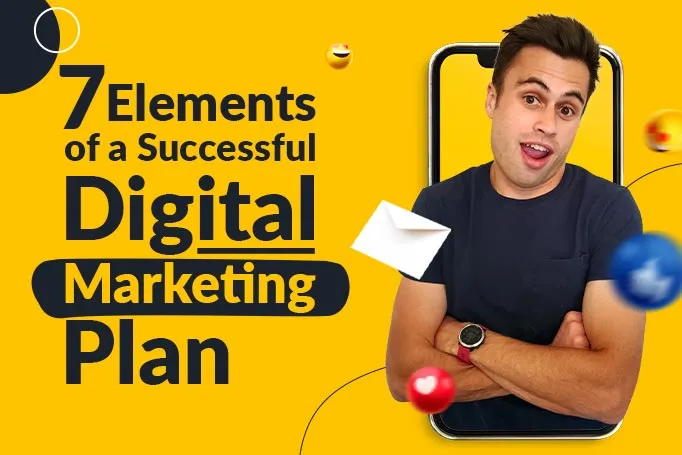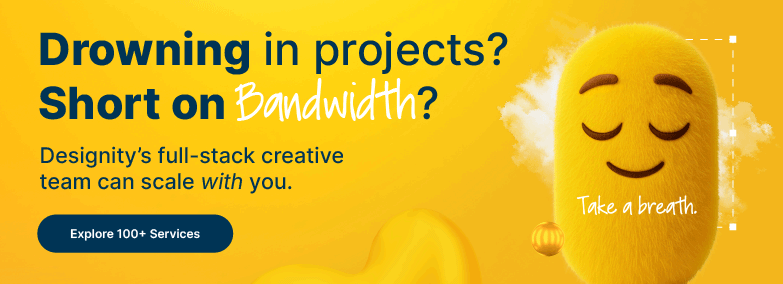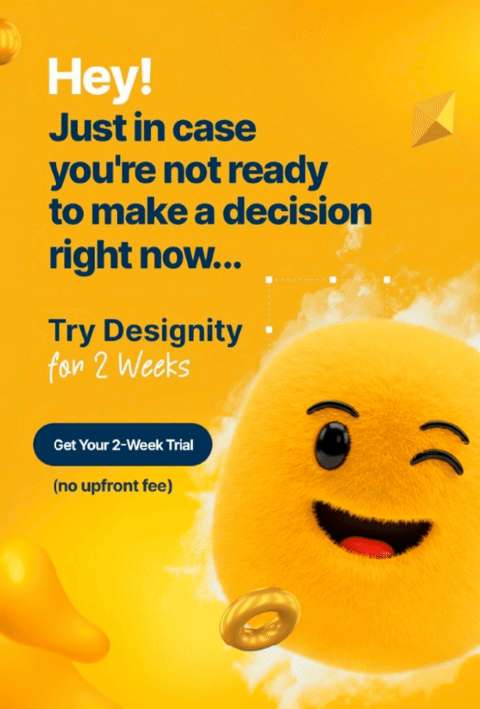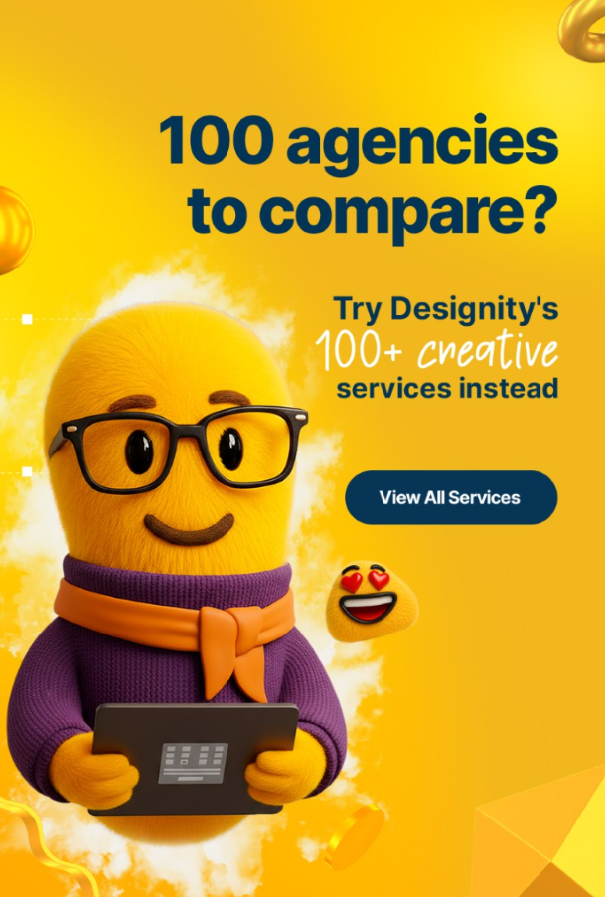Did you know nearly half of companies don’t have a defined digital marketing plan? With online marketing strategies driving a higher ROI, this statistic is pretty surprising. If you’re not investing in digital marketing currently, you’re likely missing out on valuable leads and revenue–and who wants to do that? Digital marketing strategies are powerful on their own, but when orchestrated with the perfect pieces, they can be a recipe for serious success.
Do you have a digital marketing plan in place yet? Even if you do, here are the top 7 elements of a successful digital marketing plan that’ll get your business up and conquering online in no time.
1. Educational Content
Search engine optimization is one of those things that can’t be neglected in a digital marketing plan. But in order to boost your search rankings, you’ll need to create some content–useful content that is. Content marketing alone generates 3x more leads than traditional marketing. The best part is that content practically includes just about anything, but the most effective type of content is educational.
Educational content is anything that supplements your customer’s journey–before, during, and after they engage with your company. Providing helpful resources like this can better instill confidence in your customer, providing them the tools they need to grow with you, not away from you. However, it’s important to note that not all educational content is the same.
Consumers today are highly intelligent in content, so providing authentic content is key to gaining their trust. For example, if you’re a company in design, you could create blog posts like 5 Tips for Giving Effective Design Feedback. While yes, supplying this information better prepares your customer for your product or service, it also helps them out too. Introducing content like this will give your consumers something to spend time engaging with, while also providing them real value.
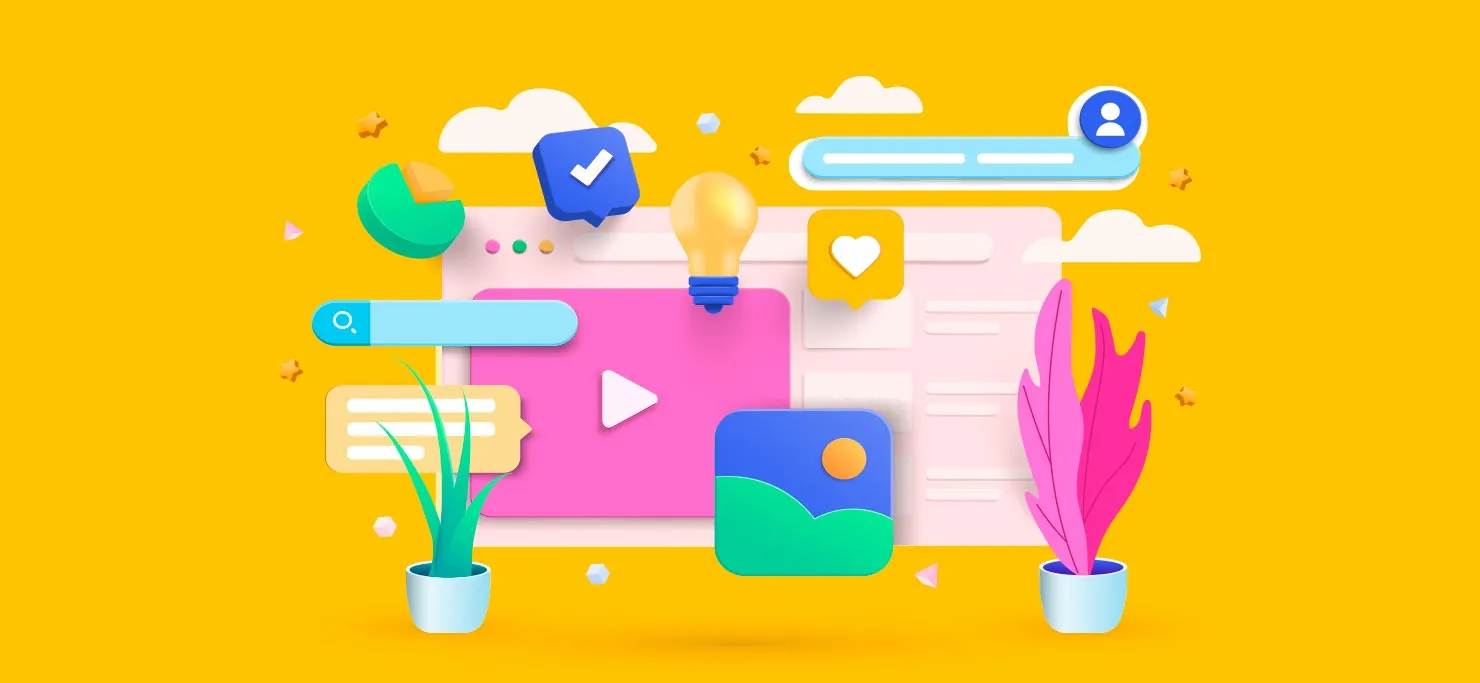
Educational content also doesn’t have to stop here. While blog posts are the standard go-to option, you can also break down the same topic for other mediums. This means using the same content for ads, social media posts, or even videos. Diversifying these assets will better provide your customer with options to explore your content. So if they’re more of a reader or a video watcher, there’s always something to satisfy their consumption style.
2. Marketing Analytics
Would you know how far you ran on a morning run without some sort of tracker? The same applies to your digital marketing plan’s progress. To continue earning more leads and revenue, you might want to consider monitoring key metrics associated with your campaigns. This means regularly and continually checking in with your progress to ensure things are running smoothly and successfully.
While this sounds like a no-brainer, many companies launch strategies with no plan in place to track them. Keeping an eye on key performance indicators like conversion rates and costs per lead will better help you improve your strategies. After all, the goal is to always reach more customers, and you can only know who you’re reaching if you keep tabs on this information.
So before you decide to skip those data charts on your Monday morning to-do list, remember that it might be worth it to do so. Marketing analytics are made to keep marketing costs low and profitability high, giving you more control over the results of your campaigns and strategies. Staying in the know is a good habit to get into to ensure your efforts are worth every penny in your budget.
3. Email Campaigns
Have any idea what the #1 email subject line is in the United States? It’s “(first name), quick question” believe it or not. The reason for this is because it stirs curiosity in the mind of readers, as referring to someone’s first name will automatically catch their attention. You don’t have to use this subject line, but using emails as a part of your digital marketing plan is something you don’t want to miss out on.
The best part is that they’re a direct line of communication to the people you wish to speak to. This audience can be anyone you want it to be–from potential, existing, to even past customers. The point is that email marketing generates about $44 for every $1 invested into it. We’d say that’s enough of an ROI to start drafting a million emails, don’t you?

With so many available email marketing tools, you have the ability to personalize your campaigns based on your audience’s interests. This can better help you deliver content that best resonates with where they are in the customer journey. That way, you can get your audience right where you want and need them.
What makes even better is that once you have a solid campaign, you can automate your strategy to automatically deliver upon certain actions like reading a blog post or making a purchase. Regardless of the objective, emails are a great way to make your digital marketing plan work smarter, allowing you to focus on running your business.
4. Google Advertising
We couldn’t gather the top 7 elements of a successful digital marketing plan without including Google Ads. Advertising is a must if you don’t pay much attention to SEO or on the flip side, see no growth from your strategies. If there’s anything you should first determine in a new digital marketing plan, it definitely should be defining a budget for ads.
As the top search engine in the world, Google can guarantee that more eyes see your business just by running an ad on their search pages. And with the ability to set your own budget, you can stay within your limits and harness control over your ad spending.
Looking to give Google Ads a try? Here are 5 types to consider:
<h5 class="c-indent">
- Search ads
- Display ads
- Video ads
- Shopping ads
- App ads
</h5>
Once you determine which type best suits your product or service, you can be en route to advertising with Google. Just make sure to track your progress to fine-tune your advertising budget moving forward. You might just like Google Ads a bit too much–we’re guilty of this.
5. Social Media Strategies
In today’s digital world, social media is just one of the things you need to be on as a business. Social media is a free tool, so why not leverage it? You can’t possibly build a successful digital marketing plan without incorporating some sort of parameters for social plans.
This is where both social media marketing and social media advertising play a vital role in your strategy’s success. Here’s how each differs from the other and why you need both paid and unpaid strategies to fuel your plan.

Social Media Marketing
As an unpaid method, social media marketing (SMM) encompasses your business’s online profiles on social media platforms. This focuses specifically on the activity of those platforms like liking, commenting, and sharing content. It begins with creating company pages or profiles on relevant social networks, which is entirely dependent on the nature of your company.
For example, a B2B company might leverage Linkedin more than Twitter, and a B2C company might prefer Instagram to share images of their product. Regardless of the platform that best suits your business, SMM doesn’t end with a page or a profile, it requires interaction and engagement with its audience.
Luckily this method is free, helping businesses to create a community around their brand. It's a great cost-effective strategy to help build brand awareness, establish some industry reputation, and increase sales. With a consistent brand identity and engaging content, SMM can do wonders.
Social Media Advertising
While both SMM and social media advertising (SMA) utilize social media, they’re very different. SMA, in particular, refers to paid actions on social media, such as ads. This can include anything from banner ads to native ads, and activities like boosting posts or campaigns. You can use paid social to promote content, increase their reach, lead more visitors to other platforms, and convert them into leads.
Neither one nor the other is better; both SMM and SMA serve their own purpose. SMM helps you build a community and foster relationships with current and potential customers over time. SMA puts your business in front of people who are looking for what you offer right now. Engaging in both is a great way to roll out a new, successful digital marketing plan.
<div class="c-blog_comp-cta cc-component-1"><div class="c-blog_comp-cta-left"><div class="c-blog_comp-cta-left-wrap"><img src="https://global-uploads.webflow.com/61cdf3c5e0b8155f19e0105b/6369722e59155470b6840033_Potential-clients.png" loading="lazy" alt="" class="c-blog_comp-cta-left-img"></div></div><div class="c-blog_comp-cta-right"><div class="c-blog_comp-content"><div class="c-text-wrapper cc-mb-32"><div class="c-title-4 cc-bold"><strong>Want to save money without sacrificing the quality?</strong></div></div><div class="c-text-wrapper"><div class="c-text-2">Say goodbye to traditional, expensive agencies and unreliable marketplaces. Say hello to Designity.<br></div></div></div><div class="c-blog_comp-wrapper"><a href="/pricing" target="_blank" class="c-button cc-primary cc-inverted w-button"><strong>Get Your 2-Week Trial</strong></a></div></div></div>
7. Search Engine Optimization
Last but not least, search engine optimization (SEO) is the key to a successful digital marketing plan. If you’re not familiar with SEO yet, it’s the foundation of almost every piece of content that exists on the internet. It’s what determines what exact content you see when you scroll, search, and interact online.
Besides curating a tailored experience for us as consumers, why would a company want to leverage SEO in their digital marketing plan? Well, 75% of people don’t even look past the first page of Google. This means that even if you have the best-designed website in the world, the chances of it getting seen are slim if it doesn’t rank on the first page.
This doesn’t just apply to your website, but it also applies to other things like your social and blog posts. Focusing on getting your SEO in order will likely attract more qualified leads, thus increasing revenue. Although this sounds like a fool-proof method to endless views and engagement, it’s important to note that SEO is a long-term strategy. It requires regular upkeep to maintain top rankings, but the results are well worth the investment for your business.
If you do or don’t have a digital marketing plan already in place, it’s never too late to start now. Equipping your digital marketing plan with powerful assets will only make it that much better. By spending some extra time to formulate the perfect recipe for your business, you can expect a higher ROI, while attracting the right attention and customers to help you grow.
